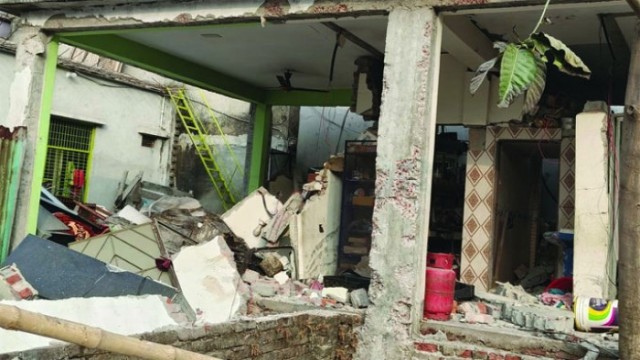Damascus, Dec 14 (V7N)- Syria is grappling with political chaos following the sudden departure of President Bashar al-Assad, who fled to Russia amidst a surprise rebel offensive. Assad’s flight has left a leadership vacuum, raising concerns of a renewed civil war in the country.
Russia Withdraws
Russia, once Syria’s strongest ally, appears to be scaling back its military presence significantly. Warplanes, warships, and advanced air defense systems like the S-400 have reportedly been removed from various Syrian bases. Satellite images and videos on social media have confirmed heavy Russian military transport movements, with convoys evacuating equipment from southern and central Syria to coastal bases like Tartus and Latakia.
Despite these developments, Maxar satellite imagery indicates that the Russian naval base at Tartus remains operational, with two frigates visible offshore. However, there are questions about the future of Russian military operations and whether agreements with Syria's emerging leadership will permit continued Russian influence.
A Fragile Transition
Syria’s political future is uncertain. The power vacuum has created fears of the Islamic State (IS) regrouping, with the United States closely monitoring developments. Turkey, too, is watching the situation, while Israel continues its strategic strikes in the region.
Observers see Assad's departure as a pivotal moment in reshaping Syria's geopolitical landscape. However, it has also triggered instability, with no clear path forward for governance.
Global Implications
The Syrian crisis now has the potential to reignite tensions across the Middle East. With Russia stepping back, Western and regional powers may fill the void, raising the stakes in a conflict-ridden region. As the world watches, Syria stands at a crossroads, facing the dual challenges of political reformation and maintaining stability in the absence of Bashar al-Assad.
END/RH/AJ































Comment: